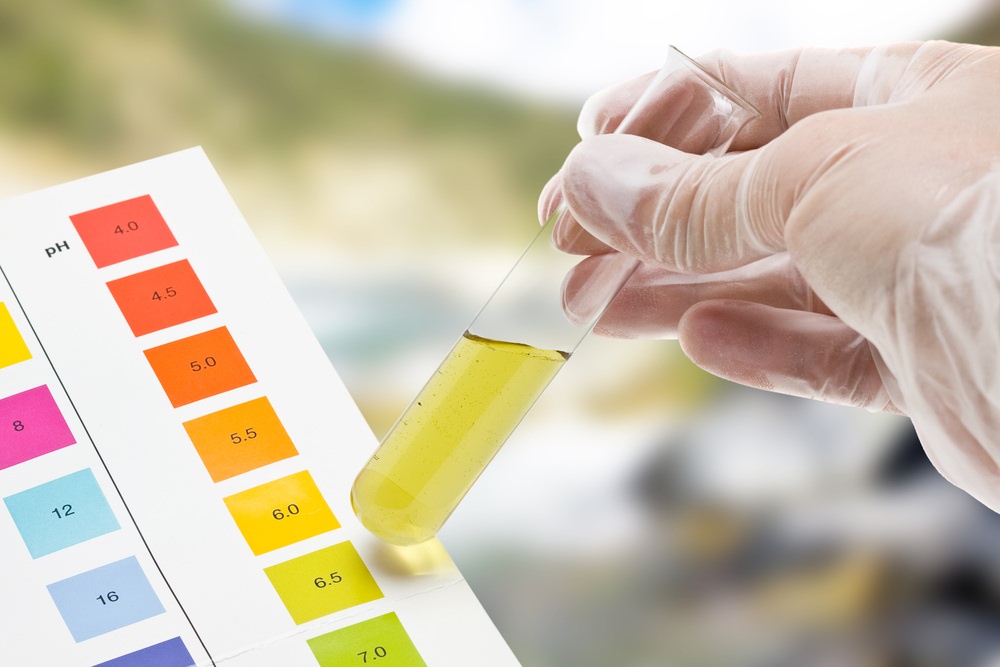
How to Test Water HardnessIt's normal to want to quickly fix the problem after experiencing the signs that your home has hard water. Knowing how to test water hardness is the first step in solving hard water problems. This will allow you to find the right water softener. Here are some ways hard water can appear: - Spotty, filmy dishes
- Soap that doesn't lather
- Showers and tubs that are hard to clean can be disgusting
- Dry, squeaky skin
- A white, accumulated crust around showerheads, drains, and faucet
These are some ways to get started on how to test your home’s water hardness: Check With Your CityEvery year, you will receive brief consumer confidence or drinking water quality report via mail or online from your water supplier. You will find out where your water is coming from, and what it contains. Some reports even include your water hardness. If yours does not, call your local water authority and they will be able to provide you with information. Quick In-Home TestingA clear, clean, empty bottle with a cap, pure liquid soap, and water from the tap is one of the best ways to test for hard water. Add a few drops of pure liquid soap to the top of the bottle and shake it vigorously for a few moments. If the water seems cloudy or milky, or if there are no fluffy bubbles, it is likely that your water is hard. Soft water will have lots of bubbles and the rest of the water at the bottom will be clear. Remember that soaps are made with detergents and will lather regardless if you have a different water type. Advanced MethodsAlthough the water bottle test can be used to assess your water hardness, it is not the best way to know. A more detailed hard water test is needed. A hard water kit contains test strips and a chart. A test kit can be purchased at a local home improvement store for $5 to $10, or you can request a complimentary water test strip from One Green Filter. After filling a glass of cold water from the bathroom faucet, place the test strip in the glass and wait for several seconds before removing it. It is important to remember that the strip should not be placed under running water as this could cause inaccurate results. Compare the color chart with your kit to see how the strip changes in color. The chart shows the hardness of the water, with results measured in grains per gallon. Additional test kits are available at major home improvement stores as well as online retailers. These may be used to provide a more thorough water assessment. These kits not only test hardness but also test pH, alkalinity, and chlorine. A sample can be sent to a third-party lab for a more thorough analysis. This can help you identify specialty contaminants like heavy metals or bacteria. An in-home kit will provide instant results and information for most water problems. Knowing your water profile will help you to choose the right solution for any water issue. What Is Your Number?Knowing your "number", which is the number of households that have hard water, will help you determine how hard your water is. After you have tested your water using a strip or kit, it is time to calculate your "number". This will allow you to determine how hard your water really is. The U.S. average hardness is 13 grains. Anything above 14 grains is considered "very difficult." A household will start to feel the effects of hard water at 7 grains. Our Solution to Hard WaterAfter learning how to test water hardness, your home water has been tested and found to be indeed hard. What’s next? The solution is easy. Water softeners reduce the mineral content of your water. This is achieved by switching calcium and manganese for sodium ions. Water softeners are a smart investment because they will help you save energy and make your hair and skin healthier. Contact One Green Filter today for a water softener installation! |